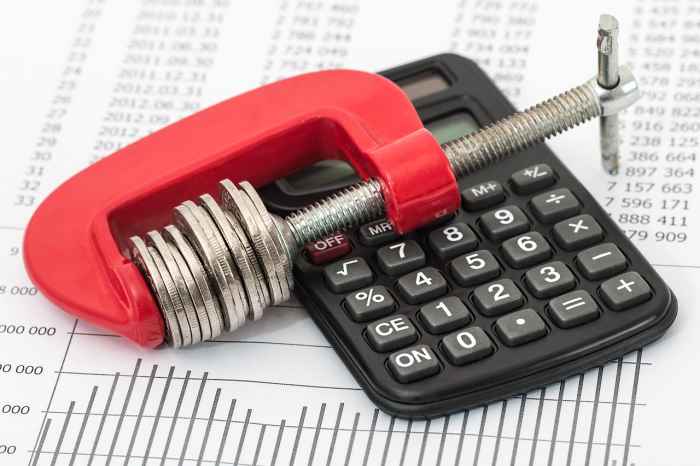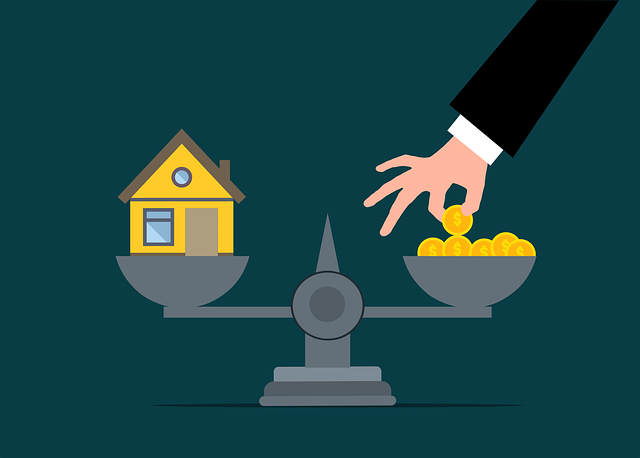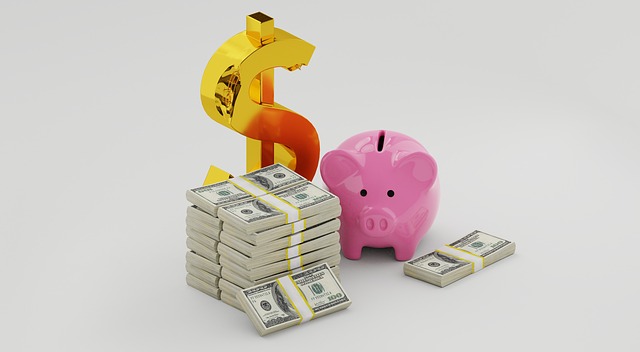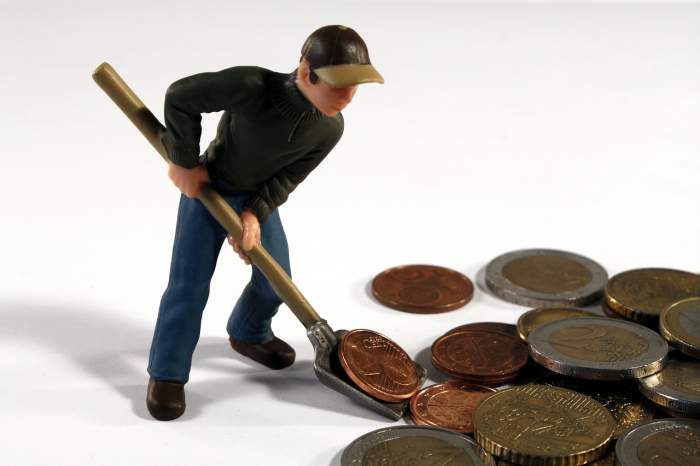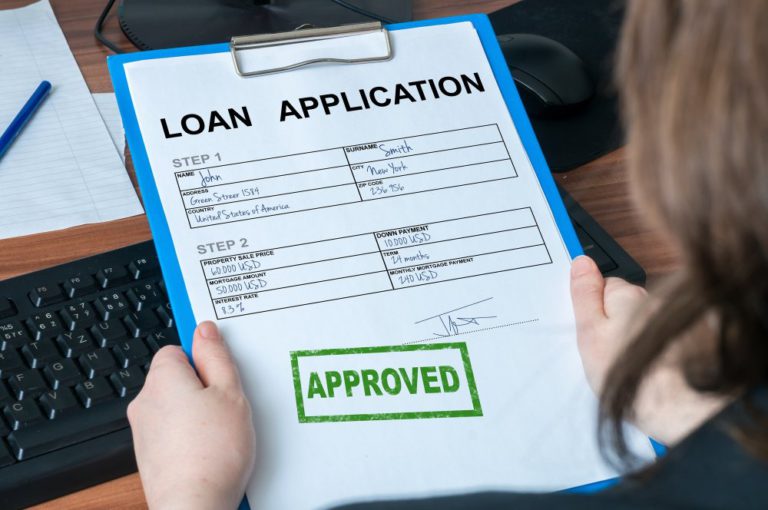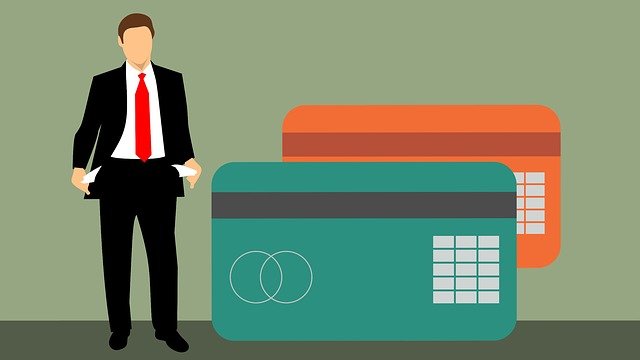
Unsecured debt consolidation involves combining multiple unsecured debts to make them simpler and thus easier to handle. Unsecured debts are personal liabilities for which there is no collateral. They often include credit card debts, medical debts, personal loans, and student loans. Here’s how to get an unsecured debt consolidation loan.
Unsecured Debt
Accumulated debts of this nature have been amassed in the acquisition of goods and services. Such consumption can be frivolous,but some debts are the result of spending on needed moves such as home improvement or continuing education. But these debts are not backed by a specific asset.
Debt Consolidation
Debt consolidation is the process of combining multiple debts from credit cards, high-interest loans, and other bills into a single, fixed monthly payment. The financial strategy ideally will lower your interest rate, which can help you save money, and lower your monthly payments. That can help you pay down debt faster.
It is also good to know that debt settlement is not a debt discount option. If you are making bill payments, you are not eligible. A debt settlement is a good alternative for borrowers who cannot afford their current debt payments and cannot or won’t file for bankruptcy.
With an unsecured debt consolidation loan, you need not attach your house, vehicle, or some other asset to ensure repayment. Although loan rates will be therefore be higher due to the lack of collateral, you also don’t risk losing your property.
One reason you don’t need collateral is because the loan revolves around a smaller amount – normally between $500 and $50,000. In addition, these loans have shorter repayment time frames, which further promotes paying them off in a shorter amount of time.
How To Get An Unsecured Debt Consolidation Loan
First up, check your credit score. You have a better shot at a loan that works for you if you have good credit – 670 or better by FICO. The higher your score, the better your odds of loan eligibility.
Sometimes your credit report will contain errors, so you should examine it to make sure that everything is accurate. If your score could use a boost, see what you can do to achieve it. If you have time to wait to apply for a loan when your credit score is better, that’s nearly always a better choice.
Next, make a consolidation plan. Before applying for a loan, it’s vital to know what you hope to do with it. Beyond loan consolidation, you likely want to save money, get out of debt sooner, and smaller monthly payments. It’s a smart idea to use a debt consolidation loan calculator to run some numbers to see what your options may cost.
Shop around. Now that you have an idea of what you’re looking for, you must find and compare consolidation loans. Check the rate and loan terms of as many lenders as possible. You can check with lenders including banks, credit unions, and online lenders directly, often through their websites. Make sure that each lender conducts a soft credit pull initially, to protect your credit score from any dings.
Go and apply. You will likely need documents such as a pay stub, past tax returns, bank statements, and your identification. Check with the lender you’re applying with to see what it requires. Many lenders need only a few minutes to qualify you, but if they need additional documents, that could hold the process up.
So, now that you know how to get an unsecured debt consolidation loan, you’re well on your way to a brighter financial future.
